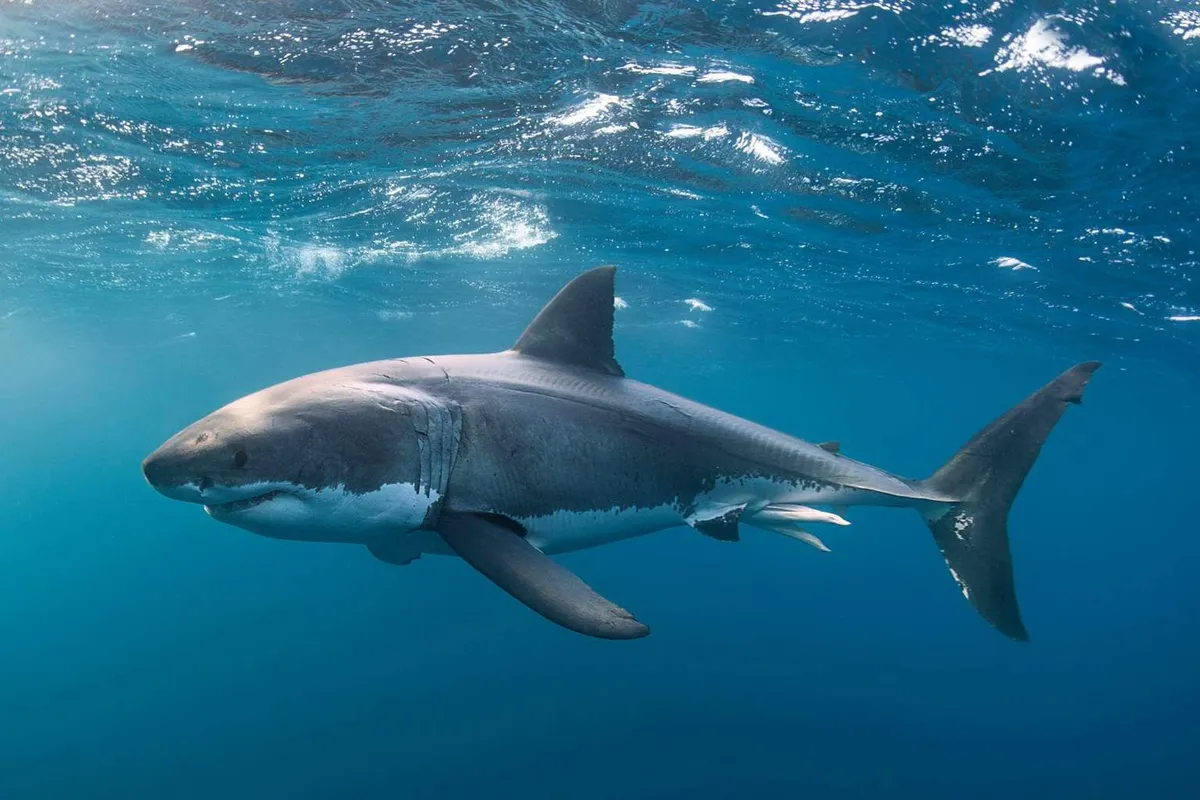Great White Sharks’ DNA Secrets Revealed: Surprising Diversity Beneath the Waves

Recently, scientists have uncovered some pretty fascinating genetic variation in great white sharks. Once thought to be a single species, these top predators are now split into three different genetic groups. This finding, made in 2024, turns old beliefs about shark genetics and behavior on their head and pushes us to rethink what we know about these ocean giants.
Distinct Genetic Groups And Their Distribution
It turns out that great white sharks actually come in three distinct genetic “flavors,” each with its own set of traits. The first group lives in the north Pacific—a huge area famed for its vibrant marine life. The second group is spread across the southern Pacific and the Indian Ocean, boasting a different genetic makeup suited to those waters. Meanwhile, the third group is found in the north Atlantic and the Mediterranean, regions with a long history of maritime activity.
This worldwide spread shows just how adaptable these sharks are and hints at different evolutionary paths shaped by their surroundings. Knowing where each group hangs out is pretty important for planning conservation efforts and helps us understand how these impressive animals have thrived in varied ocean settings.
Insights From Genetic Analysis
Researchers dived deep into the genetic makeup of these sharks and discovered some interesting details. While their nuclear DNA stays pretty much the same across groups, their mitochondrial DNA (mtDNA) shows notable differences. Since mtDNA is passed down from the mother, it gives us a peek into the maternal lineage of these creatures.
Scientists once believed in the idea of female philopatry—basically, that female sharks return to the place they were born to reproduce. But when Gavin Naylor and his team sequenced the genomes of 150 sharks worldwide, they found nothing to support that idea. This has set the stage for researchers to look for new explanations behind the mtDNA differences.
Exploring Alternative Hypotheses
With these new results, scientists considered whether differences in sex ratios or genetic drift might explain the mtDNA variation. Neither idea really nailed it, though, which has led researchers to wonder if another, yet-to-be-identified evolutionary mechanism is at work in these sharks.
Even after looking into it thoroughly, natural selection on mtDNA doesn’t seem to be the driving force—especially given that there are around 20,000 great white sharks worldwide and no apparent threat that would force specific mtDNA changes. As Gavin Naylor put it, “The honest scientific answer is we have no idea.” His words remind us just how tangled and puzzling shark genetics can be.
Rethinking Marine Species Genetics
These discoveries shake up what we thought we knew about shark genetics and highlight some limits in the genetic tools we currently use to study top ocean predators. The findings prompt us to rethink how we interpret genetic data for marine species, and they open the door to exploring how environmental factors and behavior might shape genetic patterns.
If you’ve ever been fascinated by marine biology or charmed by memories of awe-inspiring sharks from your childhood, this study is bound to spark your curiosity. What kind of environmental changes might be steering these differences? How might the sharks’ own behaviors play a role? While these questions still don’t have answers, they sure pave the way for more investigation.
For a deeper dive into this groundbreaking research, you can check out the full study in PNAS or read related articles that explore the three different groups of great white sharks.
Every new discovery about these formidable ocean dwellers brings us a step closer to understanding their world—and maybe even our own—a little better.